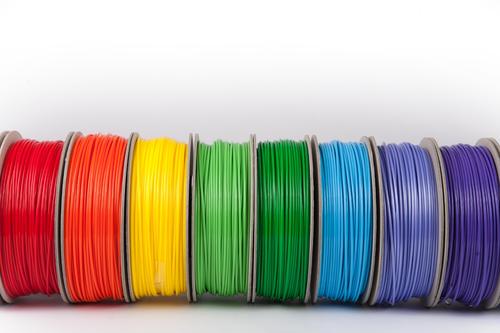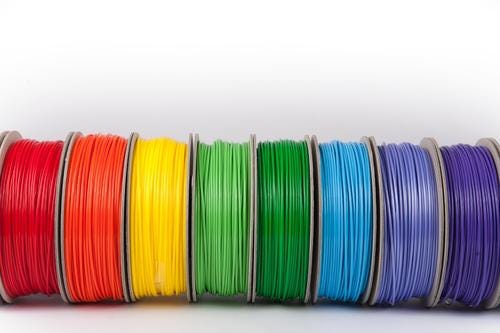UL Working on Safety Certification for 3DP Materials Emissions
July 23, 2015

Last month we told you about a program for testing and certifying 3D printing (3DP) filaments for emissions safety, proposed by the crowdsourced startup Clean Strands. Started by a consumer, the program would target 3DP use in homes and schools. We wondered why it wasn't being proposed by a standards body, an industry group, or even a manufacturing R&D institute like America Makes.
It turns out Underwriters Laboratories (UL) is also looking at the problem of pollutant emissions from 3DP and additive manufacturing (AM). Design News spoke with Marilyn Black, vice president and senior technical advisor, who is spearheading the company's health and emissions research.

"We're looking at several emerging technologies that may challenge what we call 'safety science,'" Black said. "One of those projects, which we've been working on since the beginning of this year, is related to 3D printing. With the rapid adoption of 3D printers, especially in the consumer market, we're very concerned about the potential health impact of pollutant emissions, primarily chemicals and particles. Very little research has been done on this subject."
MORE FROM DESIGN NEWS: Safety Certification for 3DP Filament Emissions -- by a Startup
UL has a long history of research on indoor air quality, Black said, and is using its lab in Atlanta for the 3DP project. The company is also collaborating with the Georgia Tech School of Earth and Atmospheric Sciences, as well as the Rollins School of Public Health at Emory University.
"The first phase is to develop the methodology to allow us to get consistent data on characterizing emissions and how they change along with changes in time, temperature or feedstock," Black said. "There's a lot of concern about ultra-fine particles. That's also an issue with laser printers, with which we have a lot of experience. What is the potential for inhaling or ingesting those particles? Also, we want to know what chemicals are emitted during melting, since they can actually absorb on those particles."
MORE FROM DESIGN NEWS: The Environmental Impact and Safety of 3D Printing
Black said UL expects to have that methodology developed some time this year, so it can be used in 3D printers for characterizing emissions. The research is a big job: aside from many different feedstocks to be tested, there are also tens of thousands of different particles of different sizes.
Researchers can then evaluate the health risks of those materials using an existing toxicology activity with several types of risk assessment tools. "In terms of understanding potential toxicity and health consequences, we anticipate having that information in 2016, enough that would allow us to begin to establish what the control mechanisms ought to be," said Black. "Once the methodology is developed, both materials manufacturers and those using 3DP and AM to make end-products will have a tool they can use to assess materials."
Ann R. Thryft is senior technology editor, materials & assembly, for Design News. She's been writing about manufacturing- and electronics-related technologies for 27 years, covering manufacturing materials & processes, alternative energy, and robotics. In the past, she's also written about machine vision and all kinds of communications.
About the Author(s)
You May Also Like



